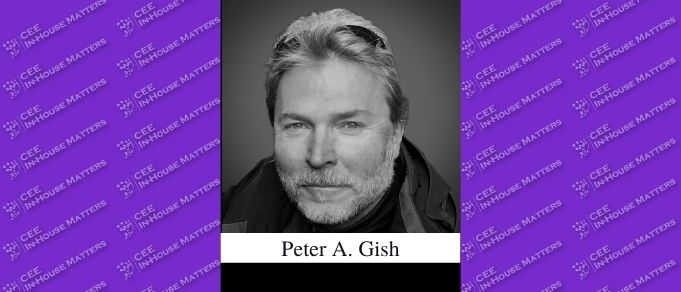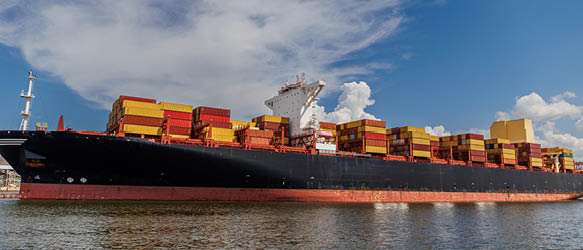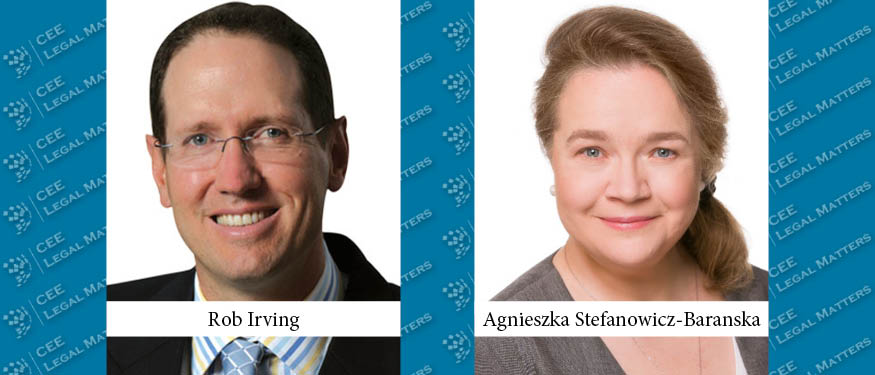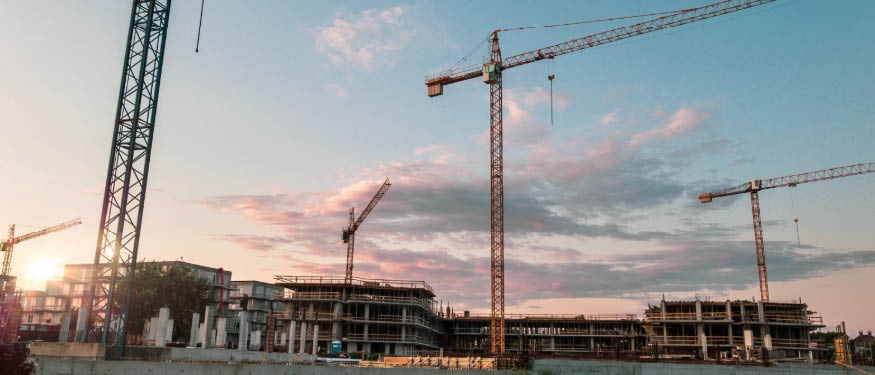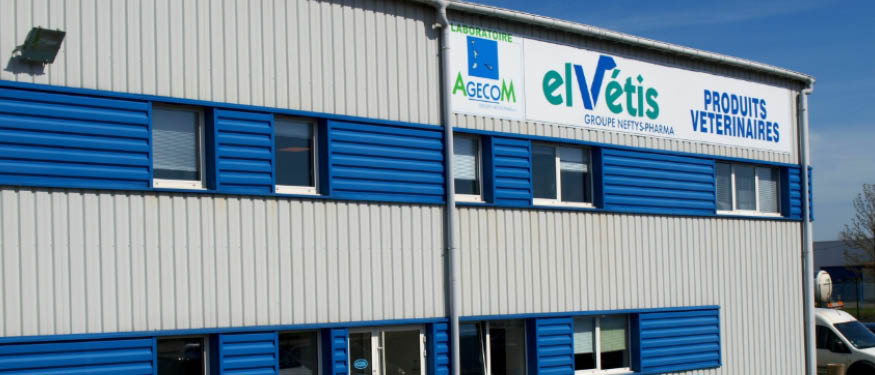On May 17, 2021, CEE Legal Matters reported that Asters had advised Ukraine Power Resources on the construction of the first phase of the Dnistrovska wind park. CEE In-House Matters spoke with Peter A. Gish, CEO at Ukraine Power Resources, to learn more about the deal.
CEEIHM: Please introduce Ukraine Power Resources.
Peter: Ukraine Power Resources is the latest in a series of renewable energy companies which I founded or co-founded. Combined, these companies have successfully developed over 2.4 gigawatts of wind power capacity in seven countries. UPR is an affiliate of First Summit Energy, which I founded in 2017 to develop renewable energy projects in emerging markets with positive growth dynamics.
CEEIHM: Asters recently advised your company on the first phase of development of the Dnistrovska wind park. Why did you pick that location?
Peter: The Dnistrovska 100 Megawatt wind farm is ideally situated in southwestern Ukraine, near the Black Sea and close to the Moldavian border. A combination of strong winds, minimal environmental impacts, solid community support, and good infrastructure were instrumental in the decision to pick this location. Only a tiny fraction of land was taken out of agricultural production to realize the project.
CEEIHM: What are your plans for the wind park, once the development is concluded?
Peter: Phase 1 (40 megawatts) was successfully built on time and within budget in 2020. There were no accidents or injuries, no spread of Covid-19 infections, and no insurance claims. Phase 2 (60 megawatts) is currently under construction and should be completed in the first half of 2022. The project will be owned and operated by Elementum Energy (a subsidiary of VR Capital) as part of a larger renewable energy portfolio in Eastern Europe.
CEEIHM: What were some of the legal complexities of this first phase and how were they handled? What are the main challenges ahead?
Peter: Ukraine’s ongoing transition towards a European-style legal framework posed several challenges. The regulatory structure is relatively intact, but the political context remains somewhat fluid and the jurisprudence is still being developed. As a consequence, we adapted our “tried and proven” multi-contracting strategy to the Ukrainian market and worked only with the most experienced local construction companies. The biggest challenges ahead include the ongoing progress on reform and promoting a stable investment climate.
CEEIHM: Why did you choose Asters as your advisor?
Peter: Asters offered the best combination of full service and competitive pricing. They worked with us during the development phase to minimize upfront costs and were extremely flexible in structuring work assignments. Their energy and construction practice was particularly well suited to our needs.
Originally reported by CEE In-House Matters.

